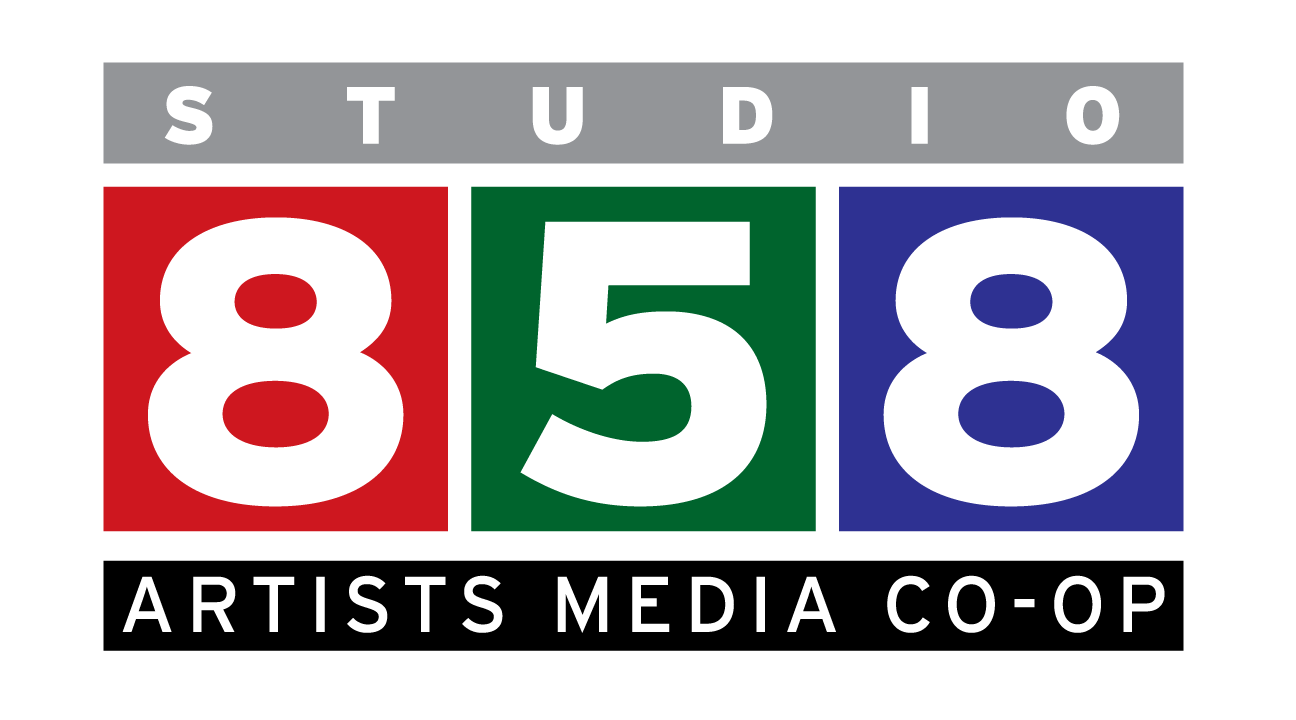Shot with Fujifilm XM-1 and 35mm f1.4
In the never-ending struggle to find the ultimate camera system, photographers around the world deprecate and exalt various brands, camera models and lenses, so why should I be any different?
In the beginning of my digital days, I shot film (4x5 & medium format), scanned it, worked with it in Photoshop v3 (The current version is 16) and printed it to either color film or large inkjet prints. Then 2003 struck, and a camera that met my standards for versatility and quality appeared on the market. It was the Canon 1Ds, an 11MP monster which, at up to ISO 400, matched or exceeded the quality I got from medium format film. It was a full frame 35mm behemoth. It was big, bad, and frightened the amateurs, who kept a respectful distance from me as I performed my photo jobs in public. Put onto a Custom Brackets flash bracket, which rotated my camera and held my Metz 60-series flash, it was an unstoppable photo force, not only commanding respect but, weighing almost 10 pounds, giving me a suitable workout while on the job. It did, however, set me back $8000 without a lens.
Fast-forward 15 years, and one thing hasn’t changed much: digital sensors have changed; they are an order of magnitude better than before. Memory cards have changed; they’ve gotten faster and smaller and hold many more images and cost a lot less than they used to. Digital cameras themselves have gotten more versatile; now they shoot stills and video, do in-camera conversion of RAW files, in-camera HDR, send files to your phone and keep Homeland Security updated on your whereabouts.. What we do not yet have, however, is a line-up of great prime lenses for crop-sensor SLR cameras. Whether you buy a Canon or a Nikon (generally considered the only two systems worth the professional photographer’s consideration), only the 35mm size sensors (commonly called “full frame”) have a decent array of primes available for them. This was the reason I bought the Canon 1Ds in 2003; it was the first 35mm format (full-frame} camera to appear on the market, and this assured me the same results as with 35mm film.
Prime lens shooters who want a great selection of lenses, therefore, have only two options in DSLR cameras, yes, you guessed it, Canon and Nikon. Until now, that is. Now there is a great series of cameras that handle like a DSLR (actually, they handle better than most of the Nikon and Canon DSLR cameras), have a great line-up of lenses including fast prime lenses from wide angle to short telephoto, and doesn’t use the awkward and icky 4/3 format sensor. The Fujifilm XT series (XT-1, XT-10, XT-2 and XT-20. They're light, they're rugged, and they've got the best of today’s camera features mated with the best classical camera layout. They have a shutter speed dial on the top of the camera (WOOT, WOOT!). The lenses have aperture rings (Hip, hip, hooray!). The ISO is set via a dial to the left of the viewfinder (on the XT 1 & 2) (GO TEAM!). On the front of the camera is an easy to use switch for focus settings (We’ve got a winner!). And that’s not all! Fujifilm has their own line of camera sensors, with a novel and superior approach to color capture and eliminating moiré.
The features and layout of these fabulous Fujifilm cameras are not even the best feature of the cameras, ladies and gentlemen; the real deal-maker is the great Fujifilm lens line-up! Let’s take the “standard” lenses that most people start with. The 18-55mm f 2.8-4 lens that is normally bundled with the Fujifilm cameras is similar to other manufacturers’ offerings, but for the far superior build quality and much larger maximum apertures - it allows twice as much light through compared to the Canon, Nikon, Sony and even Leica (!) equivalent lenses. Then there’s the 55-200 mm telephoto f3.5-4.8, again brighter, and more rugged than offerings from Fujifilm’s competitors
Fujifilm offers a great line-up in their X-series zoom lenses - from 10mm to 400mm with more lenses on the way - but the BIG deal is their X-series prime lenses. So far they have released the very compact 18mm f2 and the super-bright 16mm f1.4, 23mm f1.4& f2, 35mm f1.4 & f2, 50mm f2, 56mm f1.2 and 90mm f2! No other APS-C camera system offers such a comprehensive selection, and compared to the micro four thirds offerings from Olympus and Panasonic, the Fujifilm X-series lenses are wider aperture and the much larger Fuji sensor offers noticeably shallower depth of field.
Fujifilm has also adopted the best kind of articulating screen for the back of their cameras, allowing easy waist-level and over-the-head viewing
Of course every system has its weaknesses, and the Fujifilm X series is no exception to that rule. I was only able to find one thing about the Fujifilm that I don’t like, however, and that is the relatively short battery life when in active use, a shortcoming the Fujifilm cameras share with all other electronic viewfinder (EVF) cameras, including those from Olympus and Panasonic. The EVF is quite necessary, though, to shedding the weight and bulk of the more traditional DSLR cameras. This system has also gained quite a following over the past few years, with professional photographer across the USA and around the world using them for assignments.
The final word? If you’re serious about photography and looking for a lighter, more compact system, there is nothing that compares with the Fujifilm X system, it will undoubtedly be one of the classic and sought-after systems of the future.
- Edward Crim

